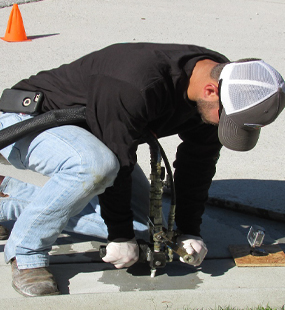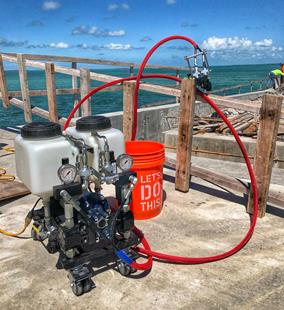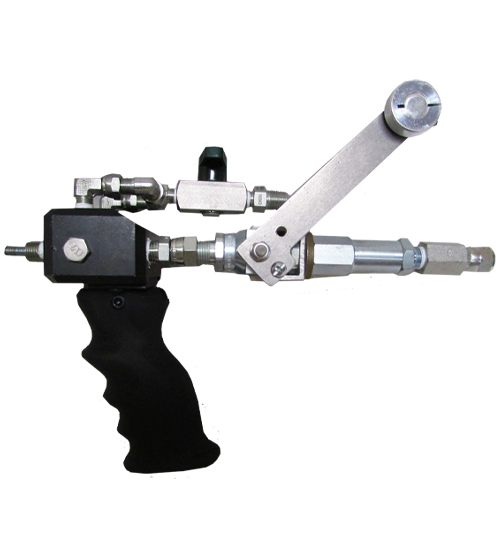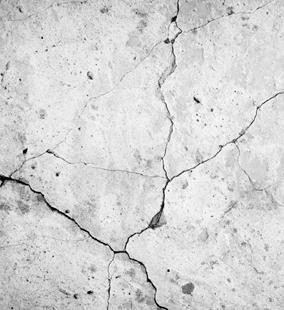
- Home
-
Solutions
-
Leak Seal
Seal leaks in concrete or masonry with crack injection and curtain grouting of our Prime Flex polyurethanes and AR acrylate resins. Prime Resins offers superior solutions for stopping leaks in every type of environment.
Read More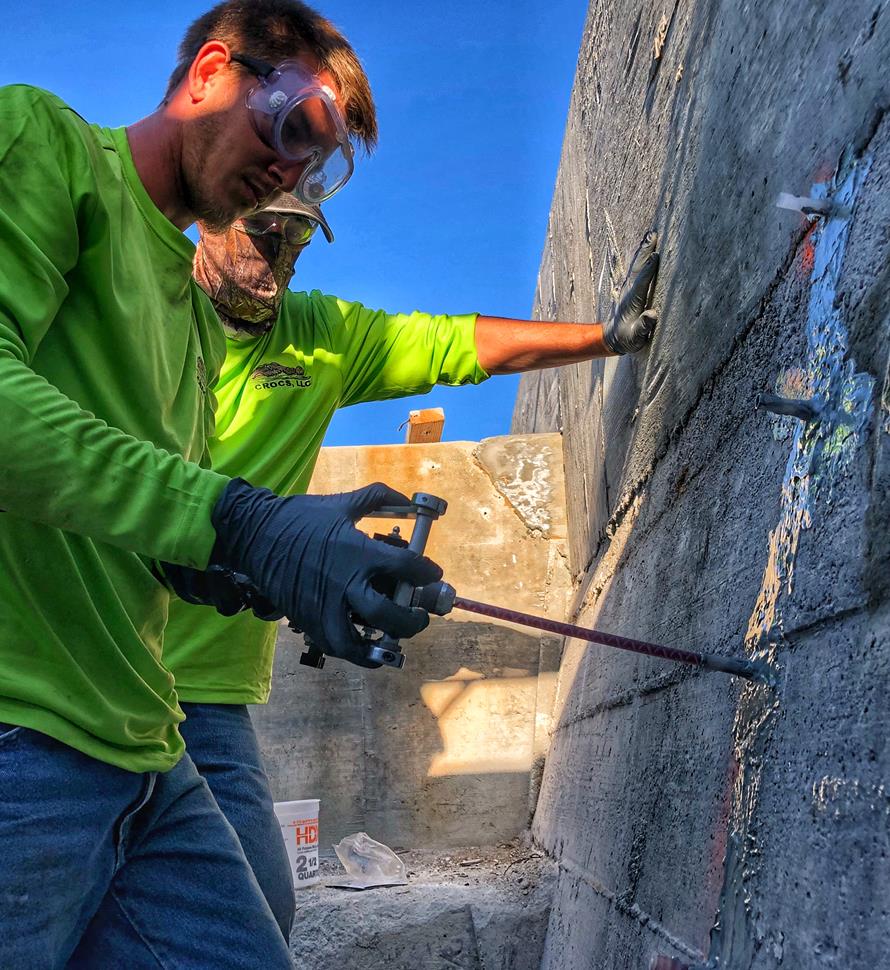
-
Soil Stabilization
Sound concrete relies on a sound substrate. Stabilize soils and fill voids with our polyurethane and acrylate foams and gels. We make chemical grouts for permeation and compaction grouting in wet and dry conditions.
Read More
-
Slab Lifting & Stabilization
Slab lifting and slab stabilization with polyurethane foams offers many advantages over traditional mudjacking. Only Precision Lift is engineered to tackle underlying issues and slab lifting with precise, dependable results.
Read More
-
Floor Repair & Joint Protection
Spalled concrete is concrete that is chipped, cracked and deteriorating. This often happens at a joint.
Read More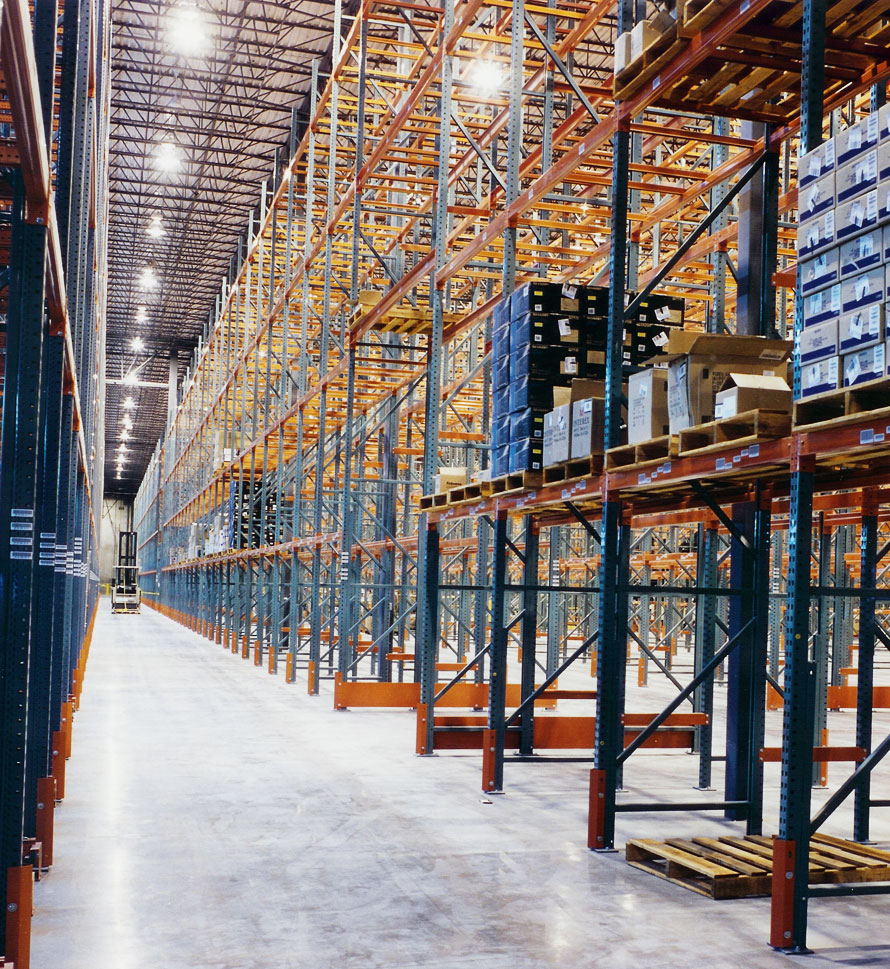
-
Seawall Repair
You can repair a seawall or bulkhead with Prime Resins chemical grouts: fill voids, stabilize loose soil and seal leaks at a fraction of the cost of wall replacement.
Read More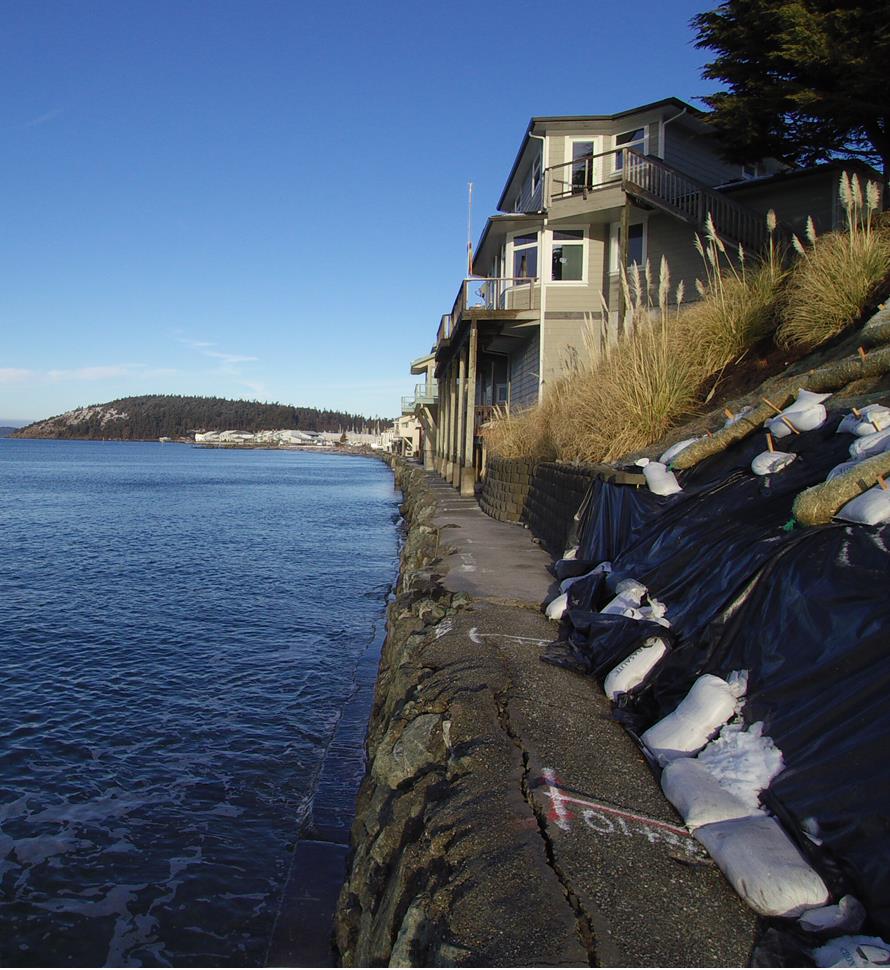
-
Structural Repair / Bonding & Anchoring
The need for crack repair in concrete structures can be caused by many different factors. Damage can occur to the concrete in situations where direct impact puts stress on one area of the structure.
Read More
-
Highway & Bridge
The geotechnical needs of DOTs and other agencies responsible for roads and bridges are vast. Issues include: Culvert repair Soil stabilization Void filling Concrete slab lifting Sinkhole remediation Slope control Slough control in tunneling
Read More
-
Waterproofing & Secondary Containment
Protecting concrete usually means shielding it from the elements of nature or from harsh manmade chemicals. But it’s not just concrete that needs such protection. Corrugated metal pipe, steel surfaces, material hoppers, rail cars and masonry all can come in contact with corrosive or abrasive materials or harsh conditions.
Read More
-
Leak Seal
-
Products
-
Leak Repair
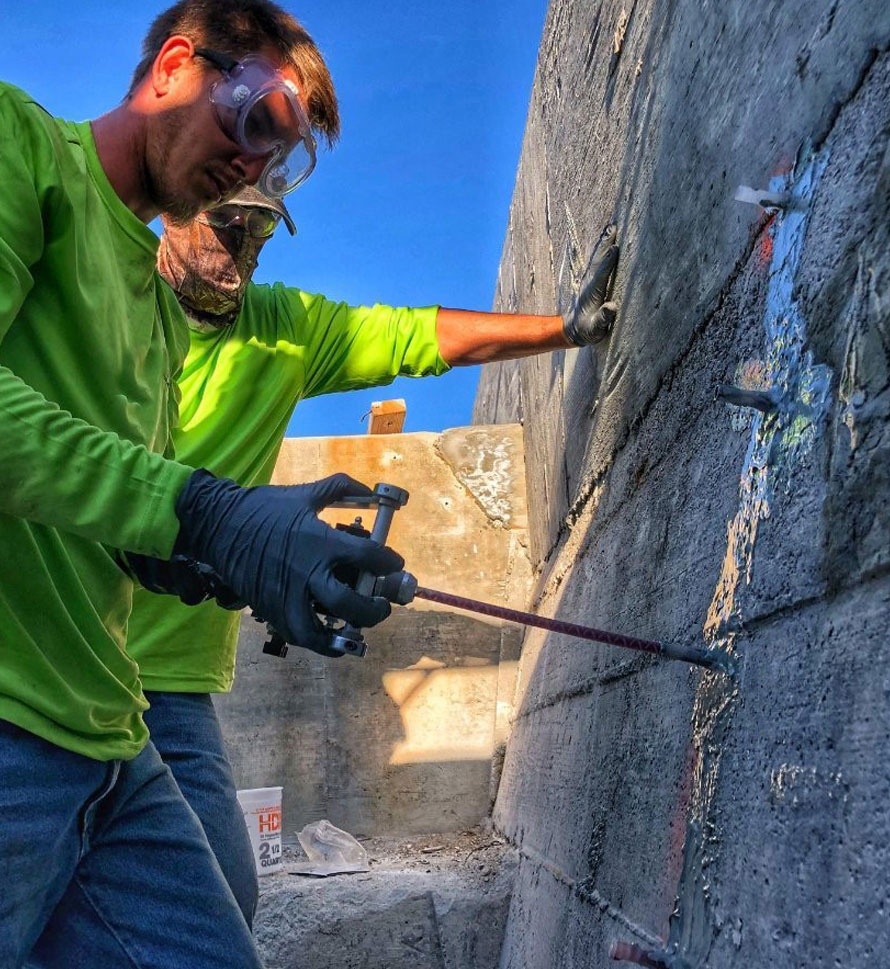
-
Soil Improvement
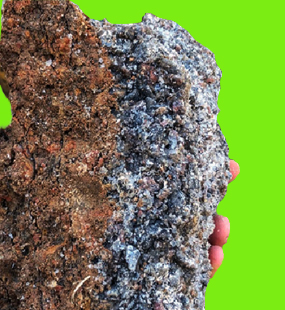
- Soil Stabilization
- Slab Lifting
- Structural Repair / Bonding & Anchoring
- Pumps
- Dispense Guns & Applicators
-
Turnkey Trailer Rig
Are you ready to hit the ground running doing concrete leveling with polyurethane foam? Prime Resins offers the industry’s best suite of products for lifting concrete as a turnkey, fully equipped trailer rig.
Read More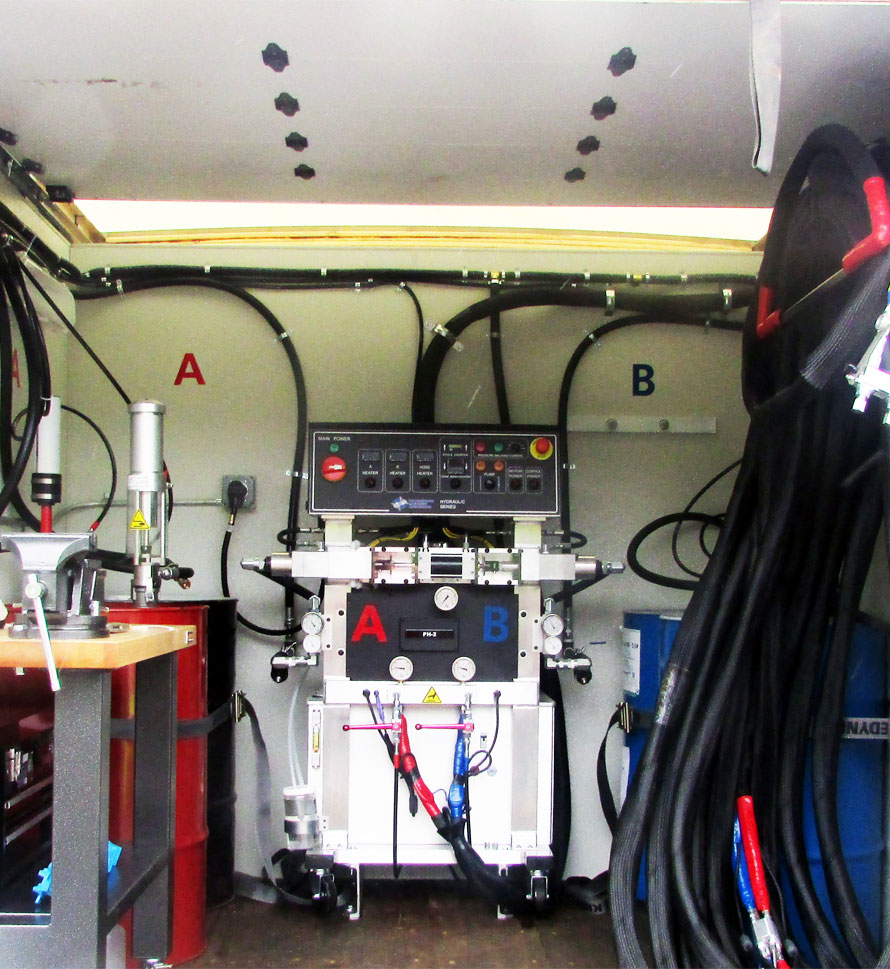
-
Accessories (General)
- 3/4" expendable drive point
- 3/8" and 3/4" soil probes
- Cartridge / Port Connectors and Mixers
- Conduit Seal Kit
- DM500 Divorced Mix Manifold
- Eco Flush
- F Valve
- Flush Wand
- Grout Needle Kit
- High Pressure Control Valve
- High Pressure Mechanical Ports
- Kick Fast
- Low Pressure Plastic Ports
- PR11 TEA (used w/ PR10 ACLM)
- PR12 APSF catalyst (used w/ PR10 ACLM)
- PR17 LYTX
- Prime Kat
- Prime Plug
- Prime Solvent CGC
- Oakum
- Soil pipe jack
- Stainless Steel Grout Needle & Kit
- StainShield
- Wall Stinger Nozzle
-
Soil Grouting Accessories
- Pipe Coupler
- Pipe Coupler Ferrule
- Buttonhead Coupler - Straight
- Buttonhead Fittings
- SG 3/4" Expendable Drive Tip
- SG 3/4 Rod - 39" Base
- SG 3/4 Rod - 39" Connector
- SG 3/4 Rod - 19.5" Base
- SG 3/4 Rod - 19.5" Connector
- SG 3/4 Fitting - Pipe to Buttonhead
- SG 3/4 Fitting - Buttonhead Fitting
- IL 1/2" Drive Point
- IL 1/2" rod - 39" base
- IL 1/2" rod - 39" connector
- IL 1/2" Fitting Buttonhead
- SG 3/4" Fitting - Buttonhead Coupler
- SG 3/4" Slotted Drive Tip
- SG 3/4 Drive Head
- Modified Pipe Jack Soil Grouting
- SG 3/4 Fitting - Buttonhead Coupler
- Pagani DPM30 Penetrometer
- IL 1/2" Fitting - Buttonhead to Connector Rod
- IL 1/2" Rod to Rod Coupler Fitting
- High Pressure Flow Control Valve
- Buttonhead Coupler - 90°
- Buttonhead Clamp Kit
- Floor & Joint Repair
- Waterproofing & Secondary Containment
-
Leak Repair
- News
- Downloads
-
Tools
-
Case Studies
Prime Resins takes pride in its ability to find the right solutions to the problems facing our customers. Here are some examples of customers’ successful jobs:
Read More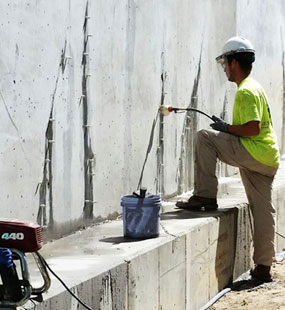
-
Prime Practices
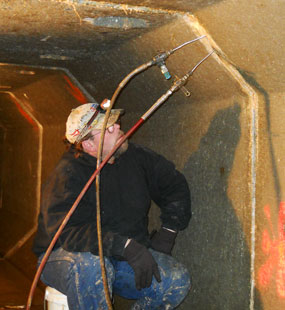
-
Videos

-
Estimating Tools & Info.

-
Why us?
The superior quality of products at a fair price, our consultative approach, and our unparalleled technical support set Prime Resins apart. Learn more about the Prime difference.
Read More
-
Product Types & Typical Uses
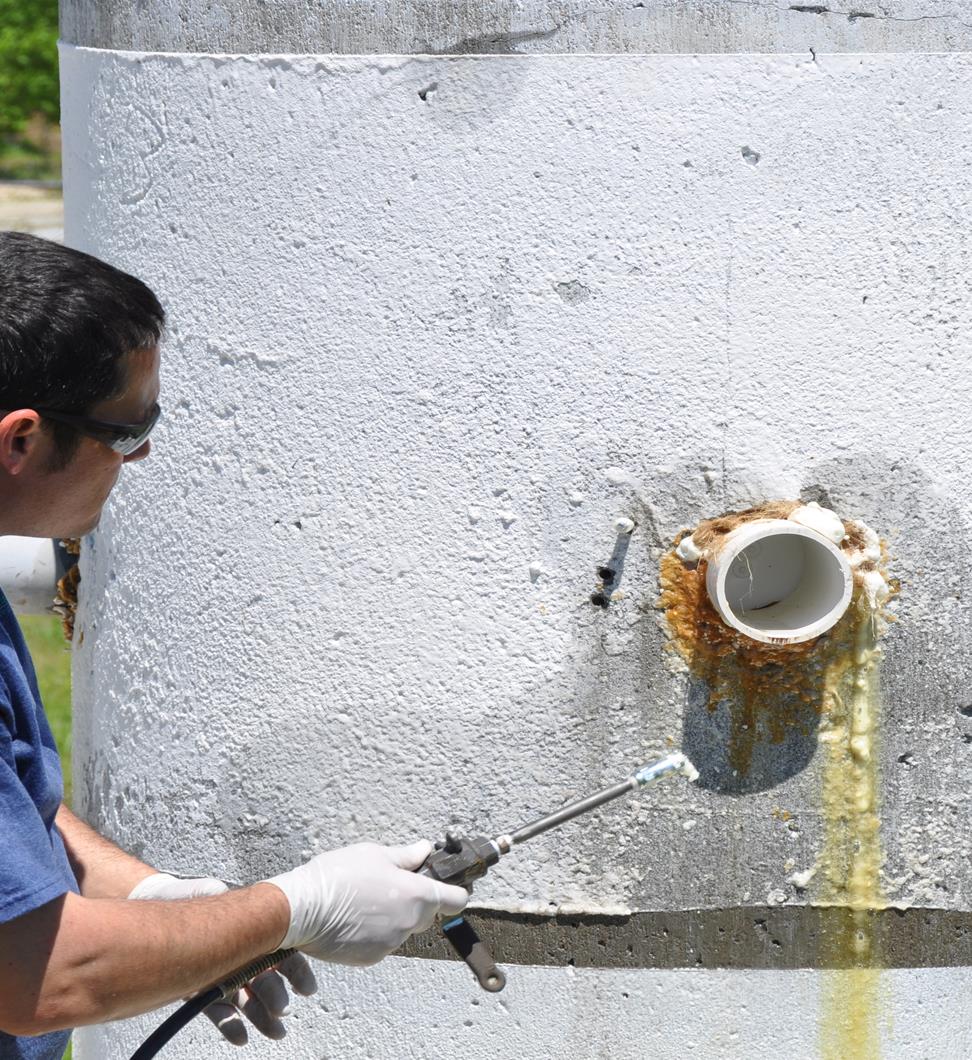
-
Looking for a contractor?
-
Certifications
-
Case Studies
- Contact
Case Studies- Leak Seal Pages
Industrial tunnel repair yields dangerous curve ball
General contractor: Phillips Industrial Services, Mount Pleasant, S.C.
Subcontractor: Concrete Restorations, Charleston, S.C.
Client: A Charleston, S.C., industrial carbon products manufacturing plant
PROBLEM: When the timeline for a repair project is tight and you encounter an unexpected expansion in the scope of work, you have to be able to react fast. That’s what Don Ford of Concrete Restorations of Charleston, S.C., found when doing work at a manufacturing plant near the city that produces industrial carbon products in the late 1990s. Hot air containing a high concentration of sulfur dioxide is vented from the furnaces through underground tunnels to an exterior air scrubber system. The 12-year-old tunnel system was constructed of 14-inch reinforced, cast-in-place concrete.
The annual television inspection of the tunnels showed they appeared to be in good shape considering their age and the harsh environment. However, a few random cracks were found in the walls, and some floor joints appeared to be failing, allowing water to seep in and collect on the floor. There was also some deterioration on the surface of the concrete floor.
Phillips Industrial Services of Mt. Pleasant, S.C., was hired as the general contractor to repair a section of the tunnel that had significant water infiltration. The joint and crack repair work was subcontracted to Concrete Restorations, Inc. The first ever four-day plant shutdown was scheduled.
The standing water in the tunnel was tested and found to have absorbed sulfur dioxide from the vented air, which formed sulfuric acid. Tests of the floor and portions of the walls also indicated that acid contamination extended as deep as one inch into the concrete. Repeated attempts to remove the contamination by pressure washing didn’t work. Visual examination also revealed that most of the leaking water was not coming from the cracks and floor joints, but instead through the cold joint between the floor and walls.
SOLUTION: With this new information, it was obvious that the whole repair strategy would have to change. The owner’s project engineer met with Don Ford from Concrete Restorations, Jim Miller from Phillips Industrial and Michael Vargo, on-site technical consultant from Prime Resins. They decided that the first priority was stopping the leaks at the cold joint. Vargo recommended injecting Prime Flex 910, a hydrophobic polyurethane-based chemical grout, around the outside of the cold joint so it could form a watertight curtain. He recommended drilling through the wall every 18” near the cold joint and then injecting the grout through the drilled holes. This would allow the grout to migrate through the surrounding sand and create a seal around the lower portion of the wall to the bottom of the floor slab. Vargo arranged for the necessary equipment and supplies to be overnighted from Prime Resins.
Overnight, the work crews started drilling injection holes through the 14”-thick concrete walls. Steaming hot water shot three to four inches from each hole, but the water was not contaminated by sulfur dioxide. Samples of Prime Flex 910 were then injected into containers filled with the hot water to confirm the material would cure properly, which it did.
Grout injection began at 9 a.m. the next morning. In less than two hours it was clear that all the work couldn’t be done during the shutdown with a single injection pump at the rate they were going, so Vargo had a second pump delivered.
While this work was underway, a second crew repaired the expansion joints using the activated oakum technique with Prime Flex 900 LVSF (current equivalent is 900 XLV) and using a pressure bottle sprayer to activate the resin. They used 80 linear feet of oakum and 15 gallons of resin. Both the grouting and expansion joint repair were done on schedule.
In 25 hours, working in an acid-contaminated area in sauna-like conditions, Concrete Restorations drilled 342 holes, set 342 bang-in ports, injected 260 gallons of Prime Flex 910 and repaired 80 linear feet of expansion joints. This was done with supplies and equipment delivered from Prime Resins.
BENEFIT: The necessary repairs were completed during the shut down. Because Phillips Industrial Services and Concrete Restorations were able to react quickly and do the repair on schedule, the facility owner contracted to repair the remainder of the tunnel system in three future phases.




